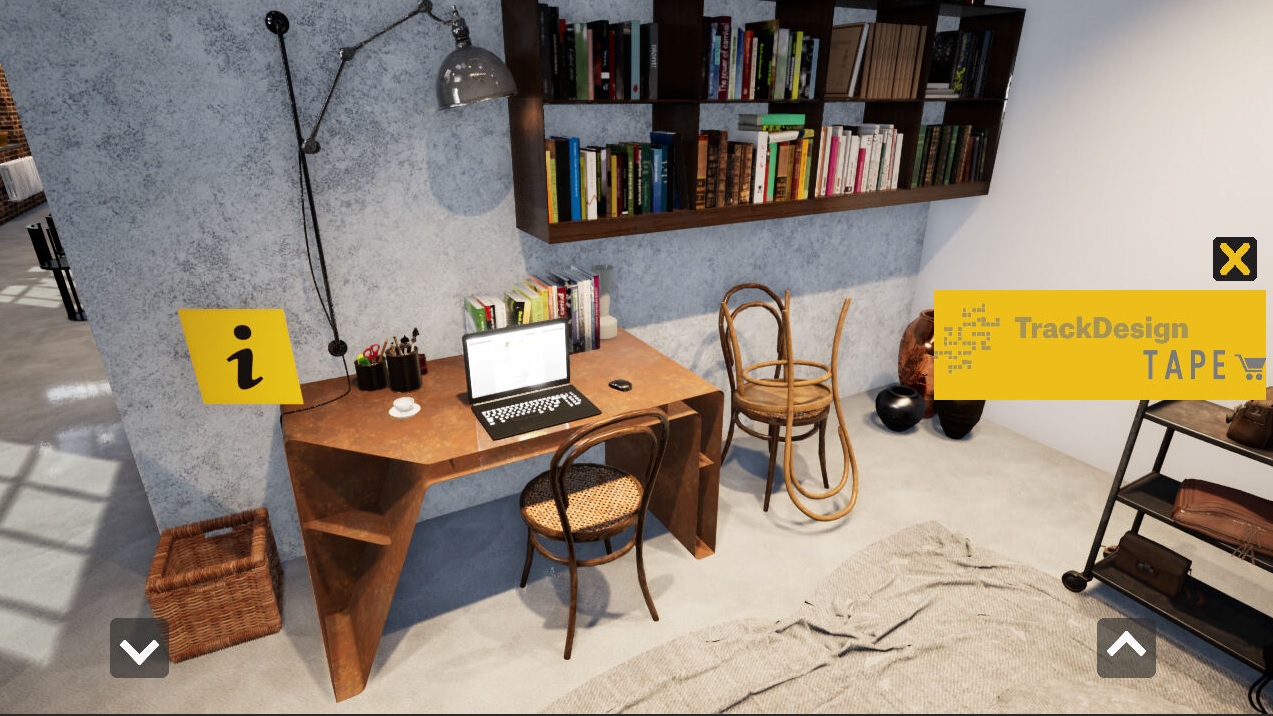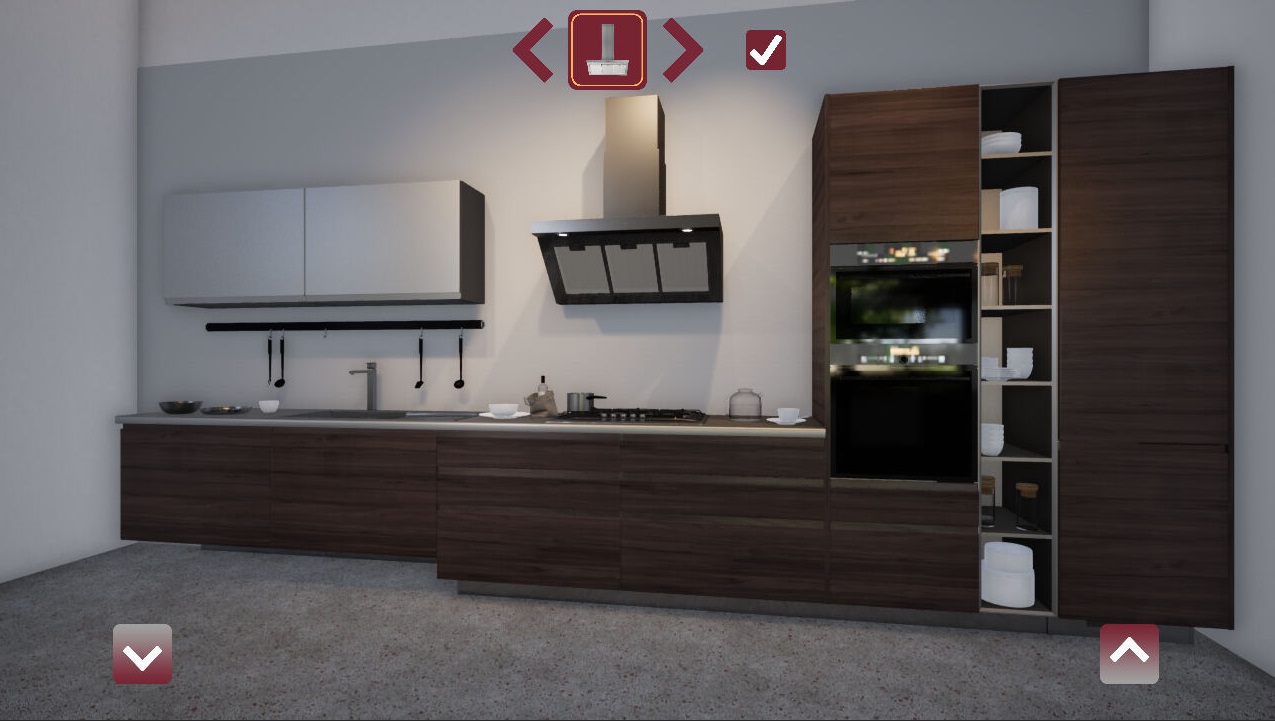What are the differences between virtual and augmented reality?
Virtual reality and augmented reality are two related technologies despite the many differences that they have. These innovative technological solutions allow us to concretely improve the possibilities of the human beings. Let’s try to understand what they are, how they work and what there is to know about these technologies.
New technologies in relation to the contemporary market
Thanks to new augmented and virtual reality technologies, today’s market offers tools that allow the user to see virtual objects contextualised in the real world in which they are or will be placed. Although the two technologies may seem very similar, let’s dig deep and try to understand what the differences between virtual reality and augmented reality are.
Augmented reality VS virtual reality
The difference between these two expressions is explained below, thus allowing us to recognize the tools that use one technology rather than the other. Virtual reality is a computer-generated simulation or reconstruction of real environments or situations. Thanks to it the user is able to immerse him/herself in a non-real world where the senses of sight and hearing are stimulated. At first, virtual reality was used to simulate certain works: this gave the possibility, e. g. to the pilots, to train and practice in the most adverse conditions. Then wearable tools such as the Oculus Rift spread. They allowed anyone to take advantage of this technology because of its low cost. It is also possible to use it for all types of entertainment such as video games, videos, web browsing as well as in the industry 4.0 field.

In addition to the Oculus Rift, which has a medium-high price range in the market, there are other similar products such as the Gear VR11, for the low and medium-low price range, and the HTC vive for the high one. HTC vive is the most advanced tool (on sale to the public) as far as VR technology is concerned. These devices, thanks to its laser environmental sensors, allow the user to “enter” the virtual world even with his own body. The user will then be able to sit, stand or run. The device is also equipped with a camera and proximity sensors that have the function of detecting obstacles and allowing the user to remain connected to the real world and receive notifications, calls or instant messages.
When we talk about augmented reality, we are referring to a technology that adds digital information to a real context. They can be images, information or instructions that the user can use for their own purposes. By simply browsing the web, you will find countless applications that use this concept.
Some ‘apps’, for example, are provided by furniture retailers, and give the buyer the opportunity to see the layout and style of the future purchase in real time.
There are applications dedicated to consulting catalogues, maps with the relative gps, web portals for travel reviews, restaurants and shops. Not to mention other forms of entertainment such as video games, many of which use “markers” or similar QR-Codes, which transmit information on the three-dimensional location of the components, developing a virtual 3D object. As for virtual reality, the devices to experience augmented reality are many and they differ in features (image quality, accessory tools, memory) and portability. The most common is the smartphone as it only needs the camera (now present in any model) and an application. Then there are the smart glasses. They determined the development of a new market from scratch basing on competitiveness between already-established companies and start-ups.
TrackDesign is one of the most innovative Euridix client companies in the use of virtual reality and interactive graphics engines; below are some of the scenes extrapolated from the services it makes available to its customers.


Considering the important involvement resulting from the use of this technology, at Euridix we are ready to support companies in this step which involves the use of virtual or augmented reality as a means by which to improve the end customer’s user experience. In addition, we are ready to answer the questions we are often asked, namely: what’s to know about augmented reality and virtual reality? In which contexts is it preferable to use one or the other? The prospects appear positive, most global companies are well disposed towards the application of AR and VR solutions in the company.
We are ready, are you?